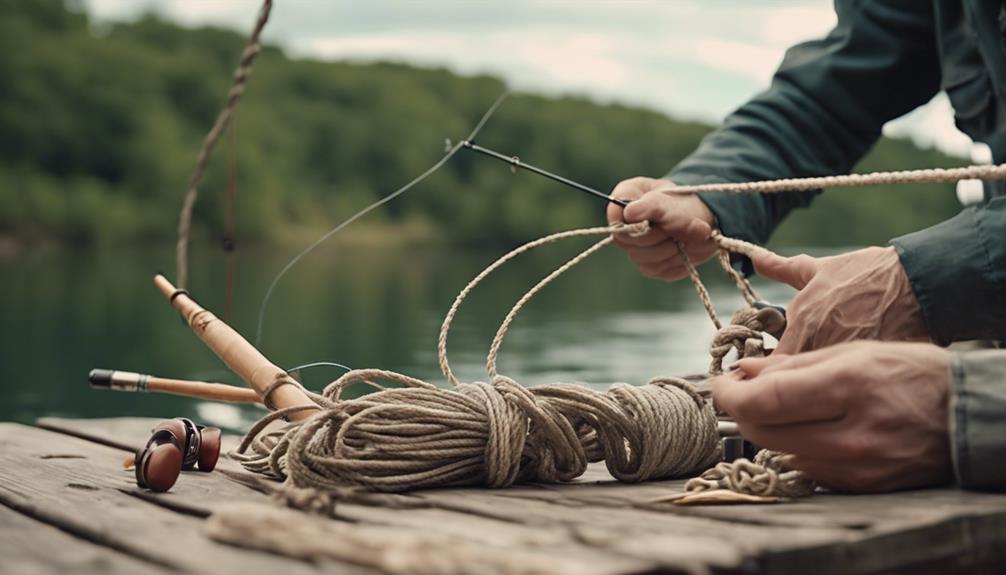Fly fishing and Montana are often mentioned in the same breath, conjuring images of pristine rivers, majestic mountains, and the thrill of catching trout in some of the most beautiful landscapes in the United States. This blog post delves into the rich fly fishing culture in Montana, exploring its rivers, the best times to visit, techniques, and much more. Whether you are a seasoned angler or a novice looking to dip your toes into the sport, Montana offers an unparalleled experience.
The Allure of Fly Fishing in Montana: A Natural Paradise
Montana is renowned for its stunning natural beauty, making it a top destination for fly fishing enthusiasts. With over 4,000 miles of fishable streams and rivers, the state is home to a diverse range of aquatic environments teeming with trout. The iconic Madison, Gallatin, and Yellowstone Rivers are just a few of the many water bodies that attract anglers from around the globe. The pristine waters, combined with the breathtaking backdrop of the Rocky Mountains, create an idyllic setting for fly fishing and Montana tourism.
Understanding Montana’s Fish Species: The Trout Capital
When it comes to fly fishing and Montana, the state’s reputation as the “Trout Capital of the United States” is well-deserved. Montana is home to several species of trout, including the Rainbow, Brown, and Cutthroat trout. Each species offers a unique challenge and experience for anglers. The native Westslope Cutthroat trout is particularly prized for its beauty and fighting spirit. Understanding the behaviors and habitats of these fish can significantly enhance your chances of landing that trophy catch. It’s essential to familiarize yourself with the regulations and seasonal patterns for each species to maximize your fishing success.
Best Times to Experience Fly Fishing in Montana
Timing is crucial when it comes to fly fishing and Montana. The peak fishing season typically runs from late spring to early fall, with the best months being June through September. During this time, the weather is generally mild, and hatching insects create a feeding frenzy for trout. However, each season offers unique opportunities. For instance, early spring can be excellent for catching big fish as they are more active after winter. Fall, on the other hand, provides stunning scenery as the leaves change, and fishing can be equally rewarding with fewer crowds. Knowing when to visit can significantly impact your overall experience.
Essential Fly Fishing Gear for Your Montana Adventure
To make the most of your fly fishing experience in Montana, having the right gear is essential. A quality fly rod and reel, appropriate line, and a carefully selected assortment of flies are fundamental components of any angler’s toolkit. It’s also crucial to wear comfortable, weather-appropriate clothing and sturdy waders, as Montana’s rivers can be cold and unpredictable. Additionally, investing in a good pair of polarized sunglasses can help reduce glare and improve visibility in the water. Before your trip, it’s advisable to consult local fishing shops or guides for recommendations on the best gear suited for the specific waters you plan to fish.
Top Fly Fishing Locations in Montana: A Fisherman’s Guide
When it comes to fly fishing and Montana, certain locations stand out. The Madison River is a favorite among anglers, known for its consistent hatches and large populations of fish. The Gallatin River offers a stunning setting with challenging fishing conditions, making it ideal for experienced anglers. The Yellowstone River is the longest free-flowing river in the contiguous United States and provides diverse fishing opportunities. Other notable spots include the Bighorn River and the Flathead River, each offering unique experiences and fish species. Exploring these locations will undoubtedly enhance your fly fishing adventure.
Fly Fishing Techniques: Mastering the Art in Montana’s Waters
Mastering various fly fishing techniques is key to success in Montana’s rich waters. Understanding the difference between dry fly fishing, nymphing, and streamer fishing can be instrumental in adapting to changing conditions. Dry fly fishing is particularly popular during hatches, where anglers use floating flies to mimic insects on the water’s surface. Nymphing, which involves fishing sub-surface with weighted flies, is effective during times when fish are not actively rising. Streamer fishing is another technique that can yield big results, especially when targeting larger fish. Familiarizing yourself with these methods and practicing them can dramatically improve your fishing skills.
Conservation and Responsible Fishing Practices in Montana
As you embark on your fly fishing journey in Montana, it’s essential to prioritize conservation and responsible fishing practices. The state has implemented various regulations to protect its aquatic ecosystems and ensure sustainable fishing. Always adhere to catch-and-release guidelines, particularly for native species, and practice proper handling techniques to minimize stress on the fish. Being aware of your surroundings and maintaining a clean environment by packing out all trash is also crucial. By respecting Montana’s natural resources, you contribute to the preservation of this fishing paradise for future generations.
Conclusion: Fly Fishing and Montana – A Journey Worth Taking
Fly fishing and Montana are a match made in heaven, offering an unparalleled experience for anglers of all skill levels. With its stunning landscapes, diverse fish species, and vibrant fishing culture, Montana is undoubtedly a must-visit destination for any fishing enthusiast. By understanding the best times to fish, mastering essential techniques, and committing to conservation, you can create unforgettable memories on Montana’s waters. So pack your gear, plan your trip, and get ready for the adventure of a lifetime in this fishing paradise!
In conclusion, whether you are drawn to the thrill of the catch or the serenity of nature, fly fishing in Montana is an experience that will stay with you forever. Happy fishing!
